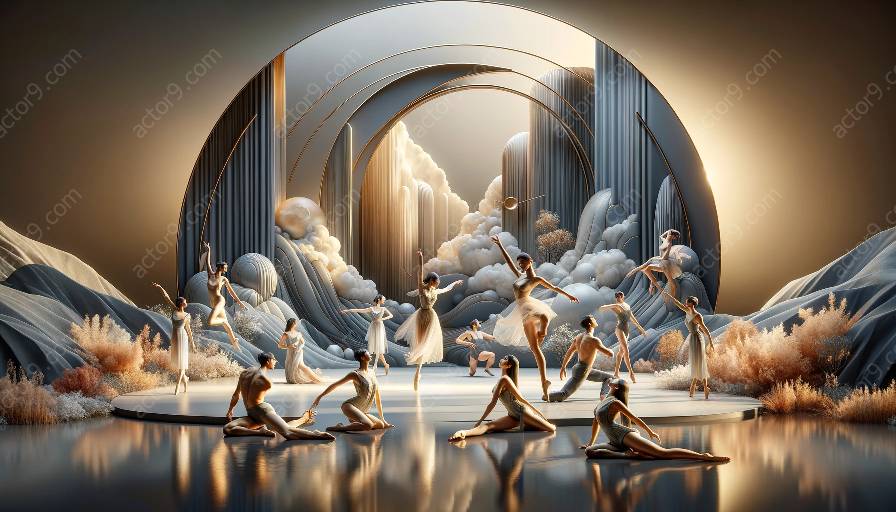Physical theatre is a performing art form that emphasizes the use of physical movement and gesture to convey emotions, narratives, and characters. In this comprehensive guide, we will delve into the fundamentals of physical theatre movement and gesture, exploring their compatibility with the elements of drama in physical theatre.
Understanding Physical Theatre Movement
At the core of physical theatre is the expression of emotions, ideas, and stories through the language of the body. Physical theatre movement encompasses a wide range of techniques, including but not limited to:
- Mime and gesture: The use of exaggerated, expressive body movements to communicate without words
- Physical improvisation: Spontaneous creation of movement sequences and interactions
- Mask work: The use of masks to enhance and emphasize physical expressions
- Acrobatics and choreography: Utilizing physical prowess and structured movements to create visually captivating performances
Exploring Gesture in Physical Theatre
Gestures play a pivotal role in physical theatre, serving as a means of communication, symbolism, and characterization. They are often used to convey nuanced emotions and narratives without relying on spoken dialogue. In physical theatre, gestures can range from subtle facial expressions to expansive, dynamic movements that fill the performance space.
Elements of Drama in Physical Theatre
Physical theatre draws on various elements of drama to create compelling performances. The key elements that intersect with physical theatre movement and gesture include:
- Space: Effective use of the performance space to convey themes and ideas through movement and positioning
- Time: Manipulation of time through rhythm, tempo, and pacing of physical actions
- Character: Development and portrayal of characters through physical expressions and gestures
- Story: Crafting narratives and storylines through non-verbal interactions and movement sequences
Integration of Physical Theatre Movement and Drama Elements
When exploring the compatibility of physical theatre movement and drama elements, it becomes evident that they are intertwined in the creation of a compelling and immersive theatrical experience. By seamlessly integrating physical movement, gestures, and dramatic elements, performers can breathe life into stories and emotions, captivating audiences in a visceral and evocative manner.
In Conclusion
Understanding the fundamentals of physical theatre movement and gesture, and their harmonious integration with the elements of drama, opens up a world of creative possibilities for performers and audiences alike. By honing the craft of physical expression and embracing the transformative power of gesture, theatre practitioners can transcend linguistic barriers and connect with audiences on a profound level.




































